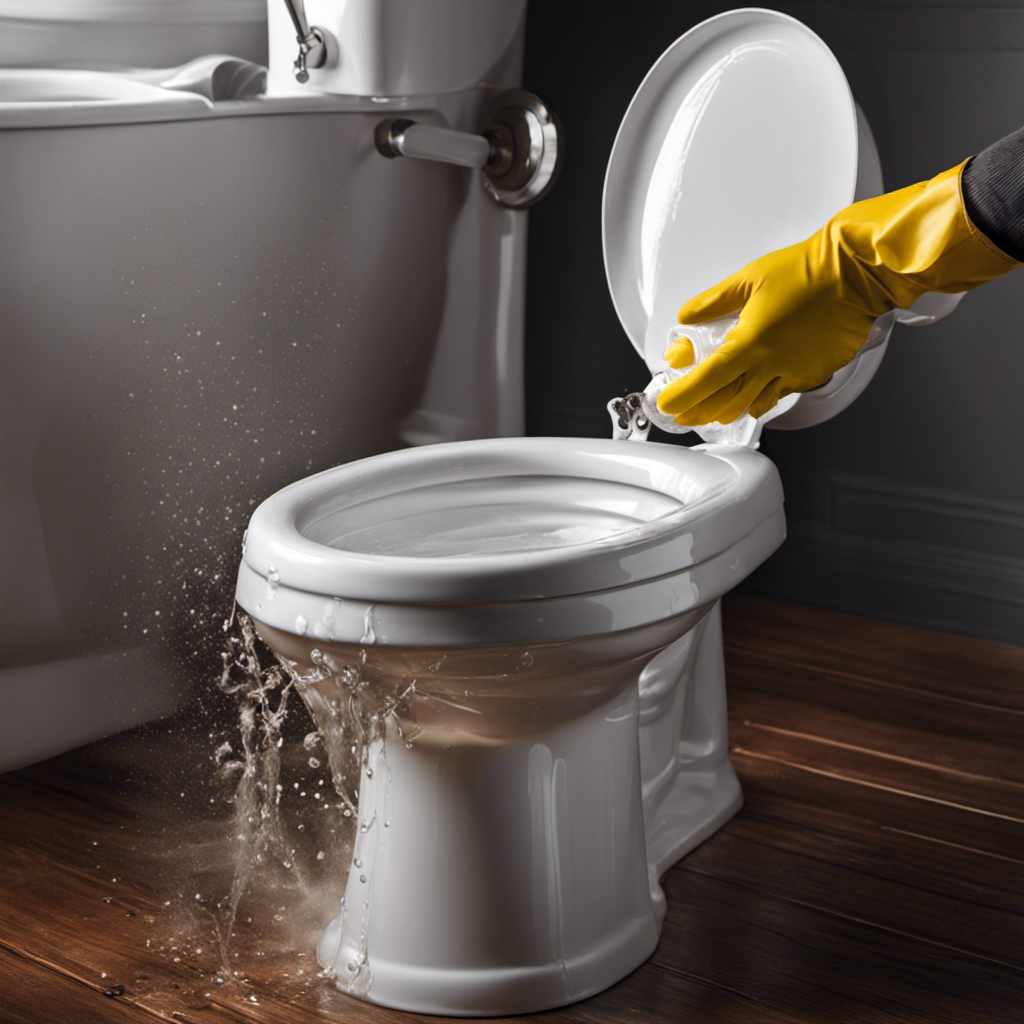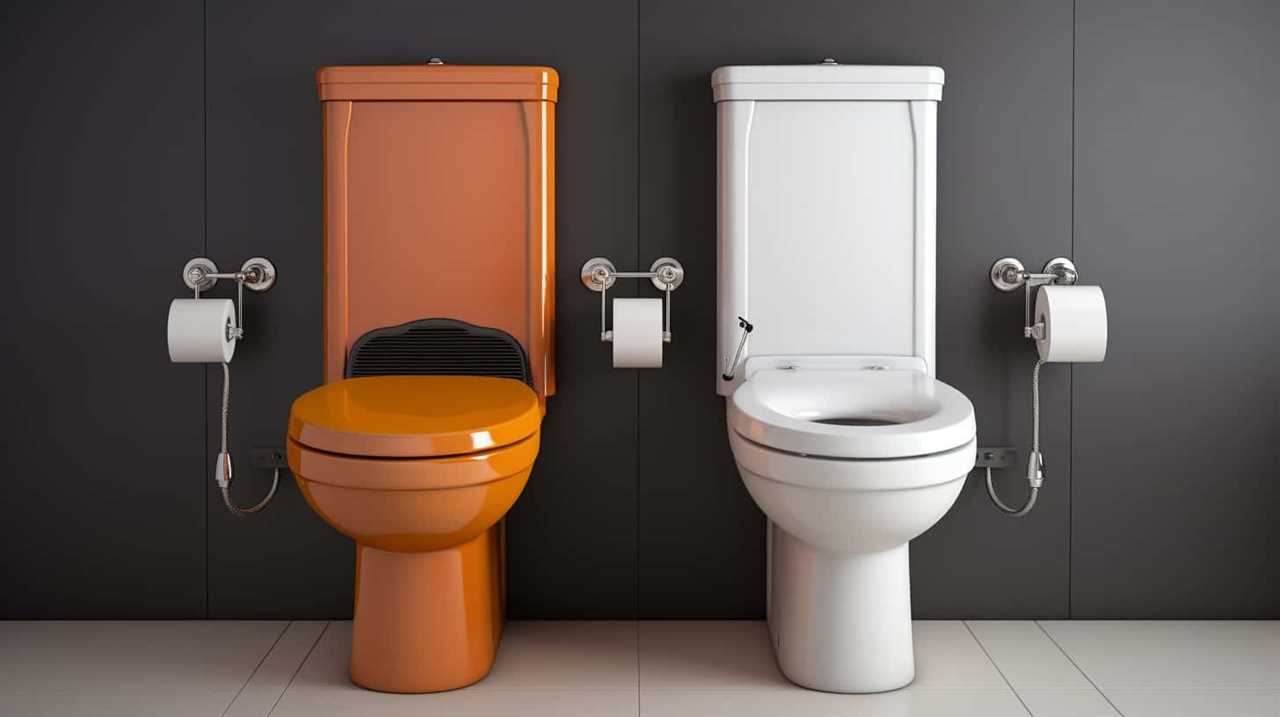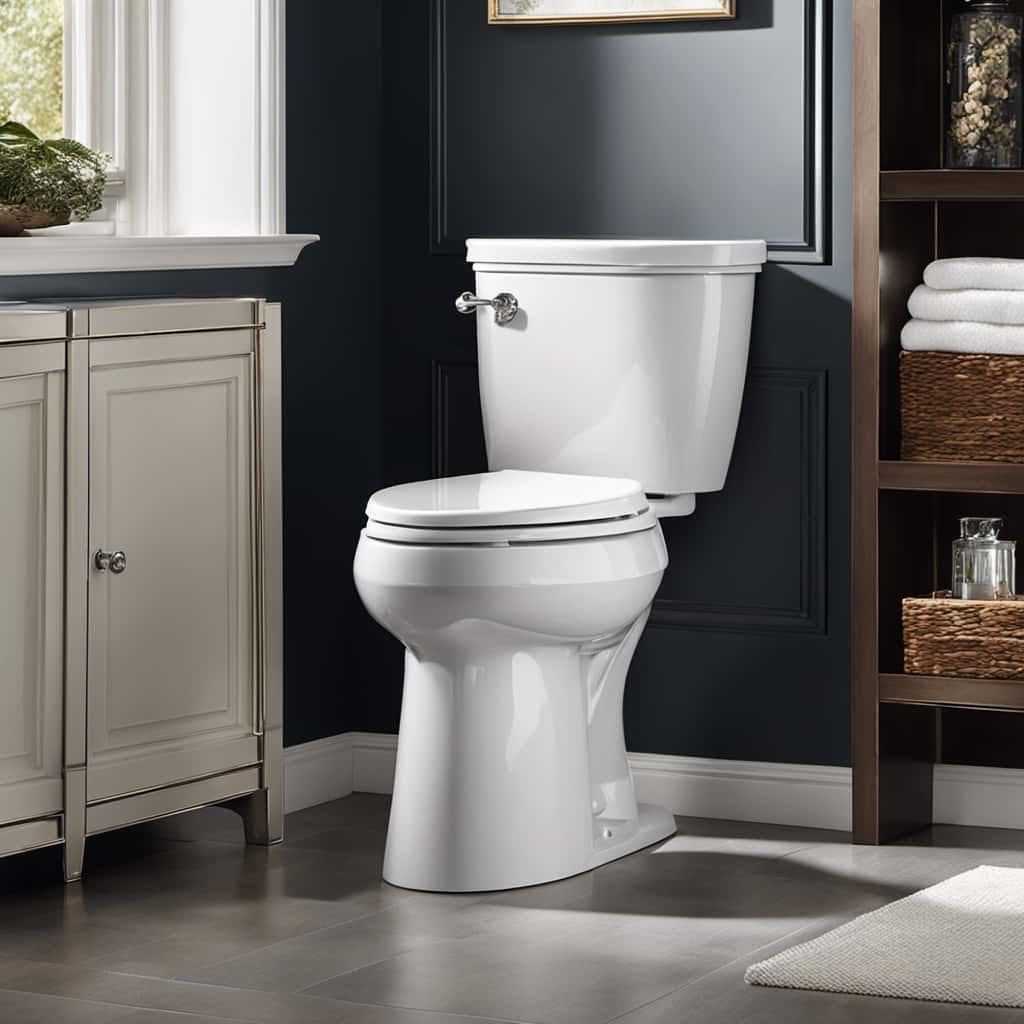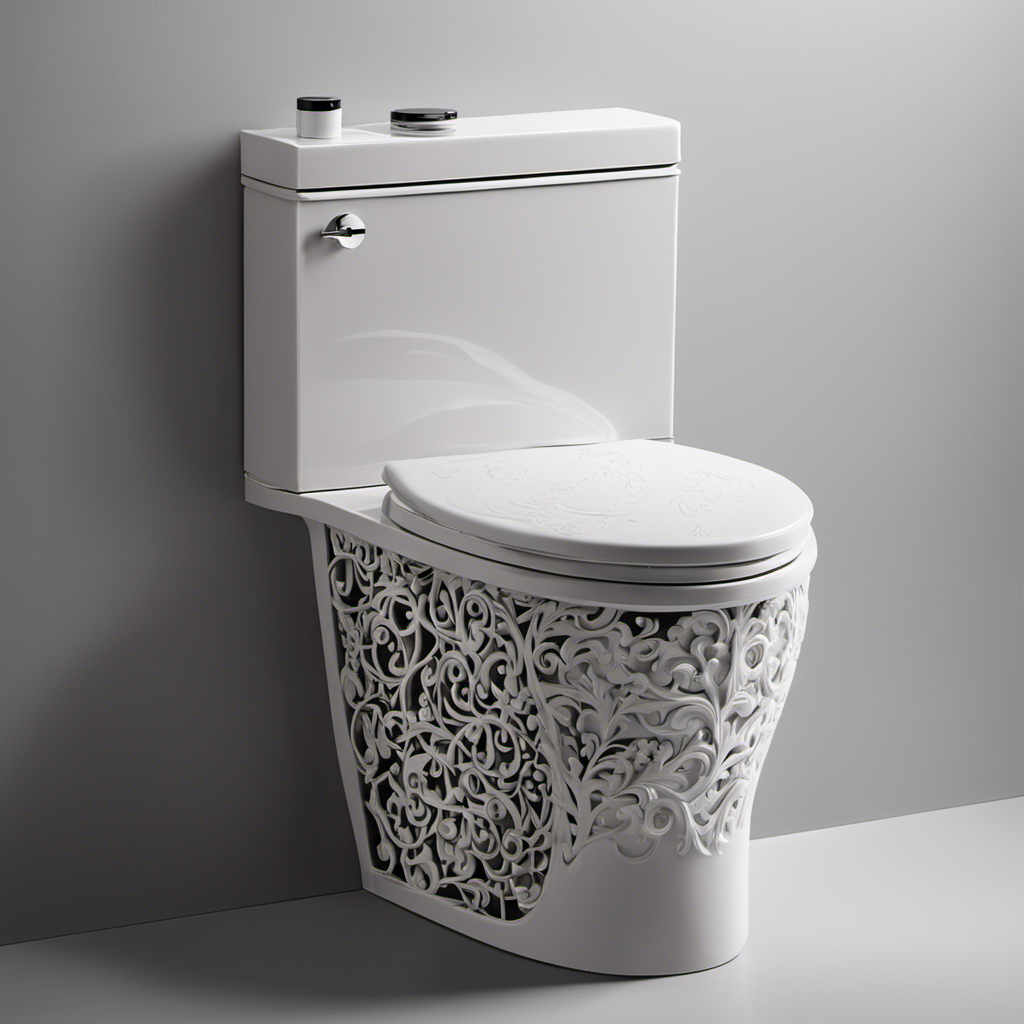You know that feeling when you’re in a hurry and your toilet decides to clog? It’s like life is playing a prank on you in the most inconvenient moment.
But fear not, because I’ve got you covered. In this article, I’ll guide you through the step-by-step process of unclogging your toilet, using simple tools and techniques that anyone can master.
So, let’s roll up our sleeves and get down to business. It’s time to conquer that clog!
Key Takeaways
- Excessive toilet paper usage and flushing non-flushable items are common causes of toilet clogs.
- Tools and materials needed for unclogging a toilet include a toilet auger, vinegar and baking soda, rubber gloves, and a plunger.
- The key steps to using a plunger effectively include positioning the plunger, creating a seal, using a plunging motion, and repeating the process until the clog is cleared.
- Alternative methods for unclogging a toilet include using chemical solutions, natural remedies, or a plumbing snake or auger.
Understanding the Common Causes of Toilet Clogs
Understanding the most common causes of toilet clogs can help you prevent future plumbing issues.
When it comes to toilet blockages, there are several factors that can contribute to the problem. One of the main causes is excessive toilet paper usage. Using too much toilet paper can overwhelm the toilet’s drainage system and lead to a clog.
Another common cause is flushing non-flushable items such as wipes, feminine hygiene products, or cotton balls. These items do not break down easily and can get stuck in the pipes, causing a blockage.
Additionally, mineral buildup in the pipes can restrict the flow of water, leading to clogs.
It’s important to be aware of the signs of a clogged toilet, such as slow draining, water backing up, or strange gurgling noises.
Tools and Materials Needed for Unclogging a Toilet
You’ll need a plunger and a pair of rubber gloves to tackle the clogged toilet. Here’s what you’ll need to get started:
-
Toilet auger: This tool is designed specifically for unclogging toilets. It has a long, flexible cable with a coiled end that can break up tough clogs.
-
Vinegar and baking soda: This natural method can help dissolve minor clogs. Start by pouring a cup of baking soda into the toilet bowl, followed by a cup of vinegar. Let it sit for a few minutes, then flush with hot water.
-
Rubber gloves: It’s important to protect your hands from any bacteria or debris that may be present. Wear a pair of rubber gloves to avoid any uncomfortable or unsanitary situations.
Step-By-Step Guide to Using a Plunger Effectively
To effectively use a plunger, first ensure a tight seal between the plunger and the toilet bowl. This is crucial for creating the necessary suction to unclog the toilet. Follow these steps to use a plunger effectively:
-
Position the plunger over the drain hole in the toilet bowl, making sure it covers the entire opening.
-
Press the plunger down firmly to create a seal.
-
Begin plunging by pushing down and pulling up rapidly. This action helps to dislodge the clog.
-
Repeat the plunging motion several times, maintaining the seal with each plunge.
-
If the water in the toilet bowl starts to drain, continue plunging until the clog is completely cleared.
Troubleshooting plunger usage:
-
If the plunger does not create suction, check if the plunger is clean and free from debris.
-
If the water level rises when plunging, stop immediately and try a different method or seek professional help.
Alternative Methods for Unclogging a Toilet
If the plunger doesn’t work, there are alternative methods for unclogging a toilet. Here are three options to consider:
-
Chemical solutions for unclogging toilets: There are various chemical solutions available in the market specifically designed for unclogging toilets. These solutions usually contain powerful ingredients that can break down the clog and clear the pipe. Follow the instructions on the product carefully and use protective gloves to avoid any skin contact.
-
Natural remedies for unclogging toilets: If you prefer a more environmentally friendly approach, there are natural remedies you can try. Baking soda and vinegar can be mixed together and poured into the toilet bowl. The chemical reaction between these two ingredients can help dissolve the clog. Alternatively, a mixture of hot water and dish soap can also be effective in breaking down the blockage.
-
Plumbing snake or auger: If you have a stubborn clog, a plumbing snake or auger can be used to physically break it up. Insert the snake into the toilet drain and rotate it to dislodge the clog. Be careful not to scratch the toilet bowl with the snake.
Tips for Preventing Future Toilet Clogs
When it comes to preventing future toilet clogs, remember to be mindful of what you flush down the toilet. Proper toilet maintenance and flushing techniques are essential for keeping your toilet clog-free. Here are some tips to help you prevent future clogs:
-
Avoid flushing anything other than toilet paper and human waste. Items like wipes, feminine products, or paper towels can easily cause clogs.
-
Teach your family members about proper flushing techniques. Remind them to only flush toilet paper and to avoid excessive flushing.
-
Regularly clean your toilet to remove any build-up that can accumulate over time. Use a toilet brush and a mild cleaner to scrub the bowl and remove any debris.
-
Consider installing a toilet auger to help clear any minor clogs before they become major problems. This tool can save you from having to call a plumber.
Frequently Asked Questions
Can I Use Chemical Drain Cleaners to Unclog My Toilet?
I wouldn’t recommend using chemical drain cleaners to unclog a toilet. They may cause damage to your plumbing system and pose health risks. It’s better to opt for natural alternatives that are safer and more environmentally friendly.
What Should I Do if the Plunger Method Doesn’t Work?
If the plunger method fails, there are alternative methods to try. However, if none of them work, it may be time to consider calling a plumber for professional assistance.
Can I Use a Wire Hanger to Unclog My Toilet?
Yes, you can use a wire hanger as an alternative method for unclogging toilets. It can be effective in breaking up clogs, but be cautious not to scratch the porcelain.
How Do I Know if the Clog Is Deep in the Pipes and Requires Professional Help?
If the clog persists despite my efforts to unclog the toilet, signs like slow drainage or gurgling noises could indicate a deep pipe clog. In such cases, it may be wise to consider professional plumbing services.
Is It Safe to Flush Feminine Hygiene Products Down the Toilet?
Flushing feminine hygiene products down the toilet is not safe as it can cause clogs. It is important to use alternative disposal methods such as wrapping them in toilet paper and throwing them in the trash.
Conclusion
In conclusion, unclogging a toilet doesn’t have to be a daunting task. By understanding the common causes of toilet clogs and having the right tools, like a plunger, on hand, you can easily tackle the issue.
Remember to use a firm and consistent plunging motion to create the necessary pressure for clearing the clog. If the plunger doesn’t work, you can try alternative methods like using a toilet auger or a mixture of baking soda and vinegar.
Interestingly, did you know that 85% of toilet clogs can be resolved using a plunger? So, don’t panic the next time your toilet gets clogged, just follow these steps and you’ll be able to handle it with ease.










